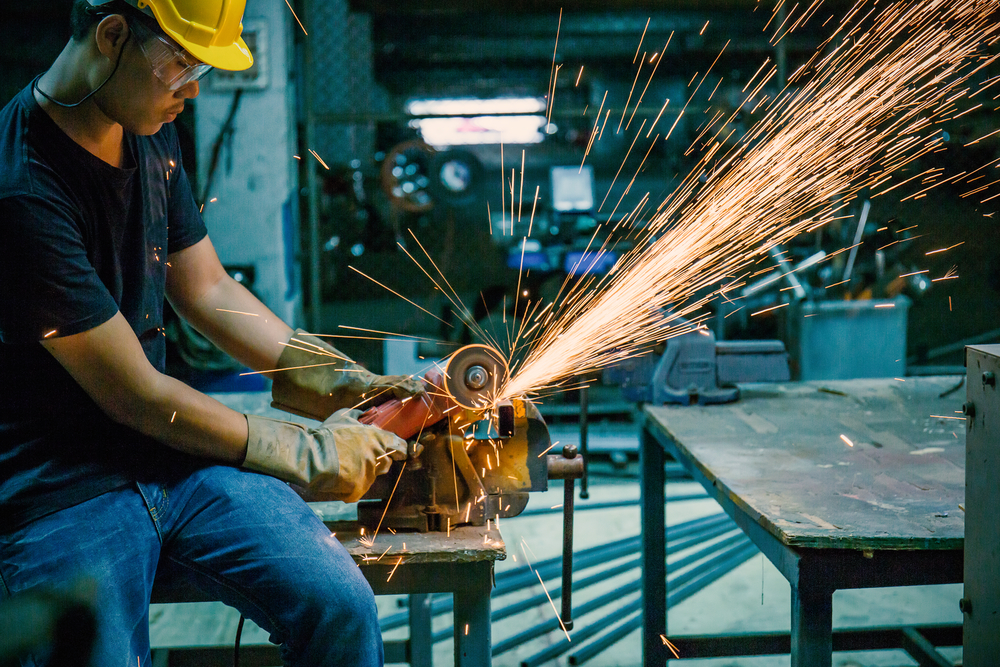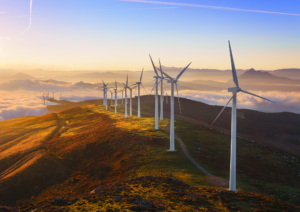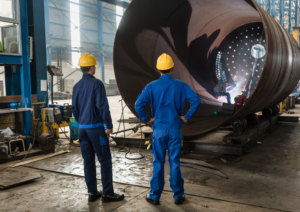In September 2020, Chinese President Xi Jinping announced at the United Nations General Assembly that China would be focusing national sustainability efforts on carbon neutrality and moving to cut carbon emissions to net-zero by 2060.
Since then, global attention has shifted to the Chinese steel industry which is one of the country’s top 3 largest sources of carbon dioxide emissions. As Chinese steelmakers prepare to cut down production in line with national policies, this could have serious consequences on steel prices and supply worldwide. Current or potential investors may also want to adapt their investment approach in light of the changing Environmental, Social, and Governance (ESG) profile of major players in the sector.
Ongoing changes to the Chinese steel industry
The Chinese steel industry is heavily reliant on coal and is estimated to produce 10%-20% of national carbon emissions. Efforts to eliminate excess production in the sector have been ongoing since 2016, with a shift in focus from high-output to high-quality growth. To keep the sector on track to meet national decarbonization goals, various actions have been taken including accelerated consolidation and mandated lowered output in state-owned steel mills.
However, the outcome of these measures is mitigated by continued high demand for steel in domestic construction, industrial, and consumer markets. While China has drastically reduced capacity and low-grade steel since 2016, its annual crude steel output still hit a record 1.065 billion tonnes in 2020.
To help encourage the industry to meet national decarbonization goals, Chinese authorities will be pushing back against steel mills with poor ESG criteria and performance to encourage more sustainable carbon-neutral practices in steelmaking. Nonetheless, it is yet to be seen if this is enough leverage against the continued high demand for Chinese steel both in and outside of the country.
Navigating the Chinese steel industry today
So far, these measures have resulted in an initial downward trend for Chinese steel production and an increase in Chinese steel prices. However, sustainable alternatives to energy generation are already emerging, including:
- Hydrogen-based technologies or electric arc furnaces to reduce emissions
- Replacing hard coke production methods with electricity
- Introduction of a national carbon credits trading scheme in Jul 2021
The implementation of these measures has been slow as they have increased the costs of steelmaking leading to a reduced profit margin. To help bridge this gap, private investors could encourage long-term sustainability in the Chinese steel industry by providing private capital flows tied to ESG criteria.
As ESG criteria is becoming more popular amongst investors (particularly younger investors), it is likely that some innovative Chinese steelmaking firms are already moving towards sustainable practices as a way to appeal to investors.
Through a combination of national efforts by the Chinese government and private initiatives by sustainability-focused investors, the Chinese steel industry could become a good example of how private and public investment can drive long-term sustainable growth in traditionally carbon-heavy industries.





